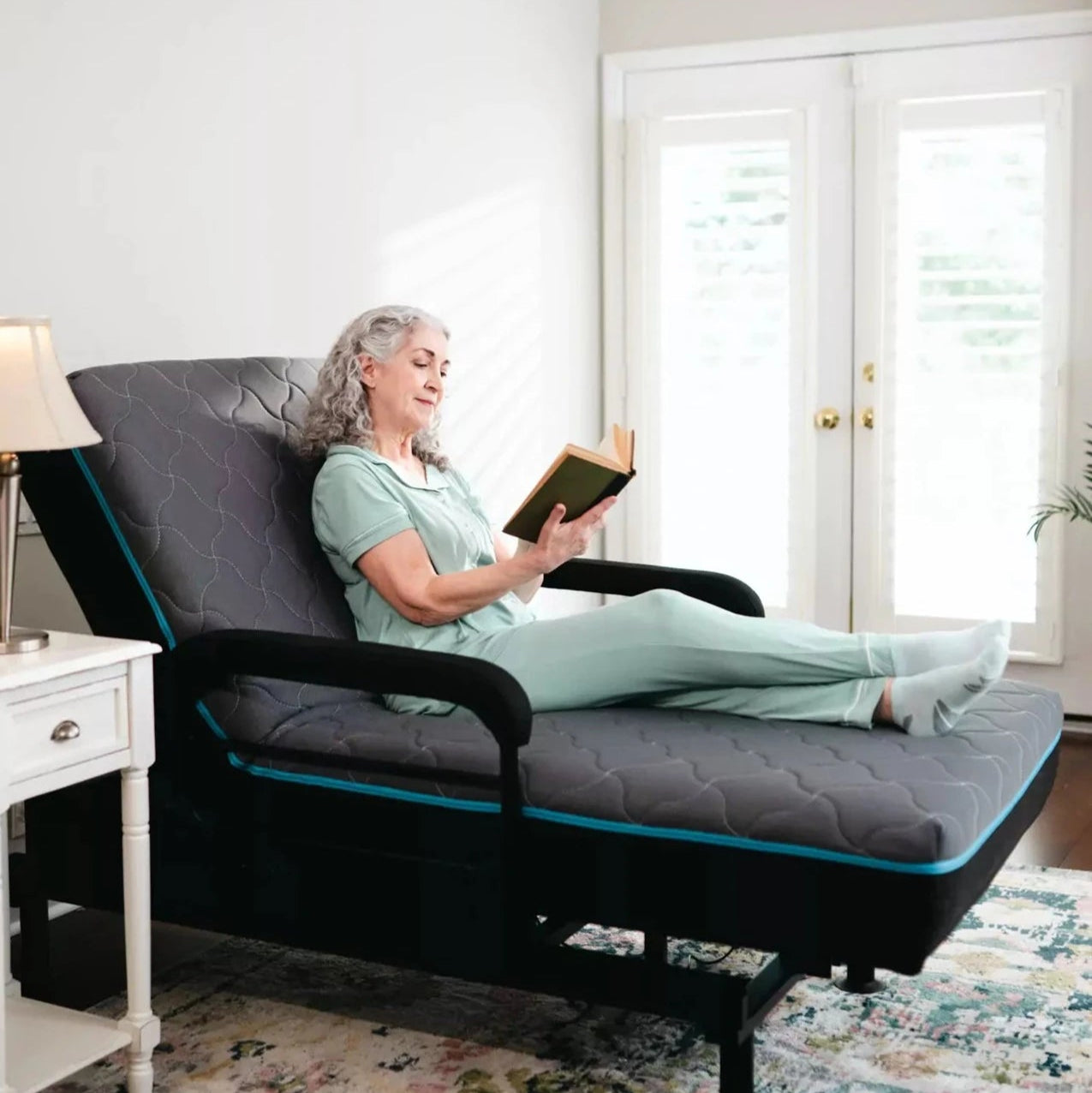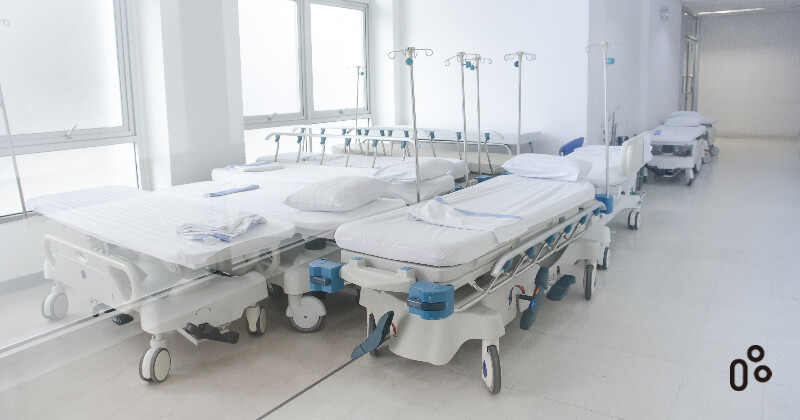The 45-Second Trick For Hospital Beds For Home Use
The 45-Second Trick For Hospital Beds For Home Use
Blog Article
The Only Guide to Hospital Beds For Home Use
Table of ContentsThe smart Trick of Hospital Beds For Home Use That Nobody is Discussing7 Easy Facts About Hospital Beds For Home Use DescribedGetting My Hospital Beds For Home Use To WorkNot known Details About Hospital Beds For Home Use The Basic Principles Of Hospital Beds For Home Use The Single Strategy To Use For Hospital Beds For Home UseThe 10-Minute Rule for Hospital Beds For Home Use
Next, we will discover the characteristics, makes use of, and Pros and Cons of each type of hospital bed in deepness. A manual healthcare facility bed is the a lot of fundamental type of hospital bed, and all modification features are accomplished with a hand-cranked tool.These hand-cranked tools are typically mounted at the foot or side of the bed, and the caregiver or person can readjust the height or tilt angle of the bed by shaking the handle. Because no electric components are called for, are normally cheaper than electric healthcare facility beds, appropriate for clinical institutions or households with minimal budgets.
Rumored Buzz on Hospital Beds For Home Use
For people that need to change their posture or elevation often, hands-on beds may not be hassle-free enough due to the fact that each adjustment requires manual procedure. If the bed requires to be changed frequently, taking care of personnel may need to spend even more physical strength to run the hand-cranked gadget - hospital beds for home use. Handbook beds are generally appropriate for individuals in the recuperation period or occasions with reduced nursing requirements
Usually, the change of the back and legs is managed by electric motors, while the overall height adjustment still needs to be done manually. The purpose of this design is to decrease prices and power consumption while keeping high functional ease. Compared with hand-operated healthcare facility beds, semi-electric healthcare facility beds are more practical in readjusting the back and legs, especially for patients who need to readjust their posture frequently.
Since only some features rely upon electrical power, semi-electric healthcare facility beds eat much less power throughout use. Given that the total height still requires to be readjusted by hand, it might not be as hassle-free as completely electrical health center beds for clients who require to change the bed elevation frequently. Contrasted with hand-operated health center beds, semi-electric healthcare facility beds are slightly extra intricate to operate, requiring users to understand the mix of electric and hands-on operations.
Electric medical facility beds have high modification accuracy and can be specifically adapted to a details angle and elevation according to the needs of individuals to offer one of the most comfy assistance. All-electric healthcare facility beds are usually geared up with a selection of extra functions, such as integrated ranges, cushion stress adjustment, and so on, to meet the unique requirements of different clients.
Hospital Beds For Home Use Things To Know Before You Buy
A reduced bed is a particularly designed health center bed that can be adapted to a very reduced degree, generally just a few inches from the ground. The objective of this style is to decrease the risk of clients dropping from the bed, especially for patients that are at threat of dropping, such as the senior or patients with limited mobility.

About Hospital Beds For Home Use
supply a treatment atmosphere suitable for kids's elevation and physique, boosting the convenience and security of children. Some pediatric beds are additionally geared up with brilliantly colored bed rails or cartoon designs to reduce the fear of children in the medical facility setting. For kids that need to remain in bed for a long time, pediatric beds are usually equipped with anti-bedsore cushions, flexible bed rails and various other functions to offer comprehensive treatment support.
The shipment bed is additionally furnished with postpartum recovery functions, such as cushion adjustment, bed home heating, and so on, my website to help mothers recuperate much faster. The intensive care bed (ICU Bed) is developed for the critical care unit (ICU) and has thorough monitoring and nursing functions. This type of bed is normally outfitted with interfaces for a range of tracking tools, which can keep track of the patient's crucial signs in actual time, such as heart price, blood pressure, respiration, and so on.
The Of Hospital Beds For Home Use
The intensive care bed has a completely electrical modification feature, which can swiftly change the angle and setting of the bed to fulfill the demands of different treatments and care. The style of ICU bed thinks about the need of rescue procedure. The bed can be swiftly adapted to one of the most ideal rescue posture and cooperate with the usage of rescue tools.
It can efficiently isolate people from the outdoors and minimize the threat of infection transmission. Isolation beds are generally outfitted with special bed drapes or securing covers and connected to air purification systems to keep the air around the bed important source clean. Seclusion beds are specially created to avoid the spread of pathogens from contagious patients and shield the security of various other clients and clinical personnel.
Seclusion beds are equipped with air purification systems that can filter microorganisms and particle matter in the air to keep the air around the bed clean. Can likewise be readjusted to various positions.
A Biased View of Hospital Beds For Home Use
Bigger and stronger than a conventional bed. Overweight, weight problems, person sizeDesigned for clients at risk of dropping out of bed. Lower to the ground than a common bed.

In a health care setting, selecting the appropriate bed can not just improve the efficiency of care, yet also considerably enhance individual comfort and safety. By understanding the kinds and uses of these beds, medical care facilities and family caretakers can much better sustain and take care of their individuals.
An Unbiased View of Hospital Beds For Home Use
HomeCare Hospital Beds, a division of DiaMedical U.S.A., is dedicated to offering complete openness for its consumers. Clients can be bewildered by the different options in long-term treatment items, and HomeCare Healthcare facility Beds is committed to streamlining this process, while making certain customers get the info and support they need.
Medicare Part B (Medical Insurance) covers health center beds as long lasting medical equipment (DME) that your doctor prescribes for use in your house. After you fulfill the Component B deductible you pay 20% of the Medicare-approved amount (if your vendor accepts project). Medicare pays for different sort of DME in different methods.

Report this page